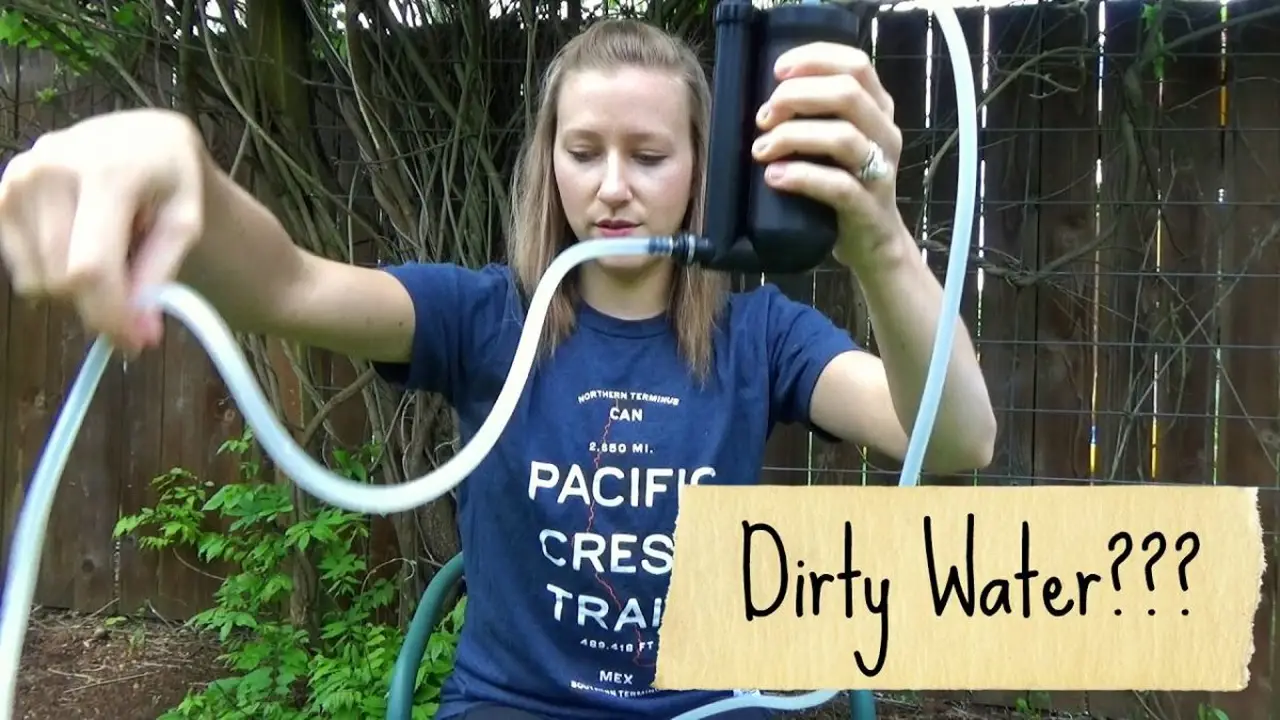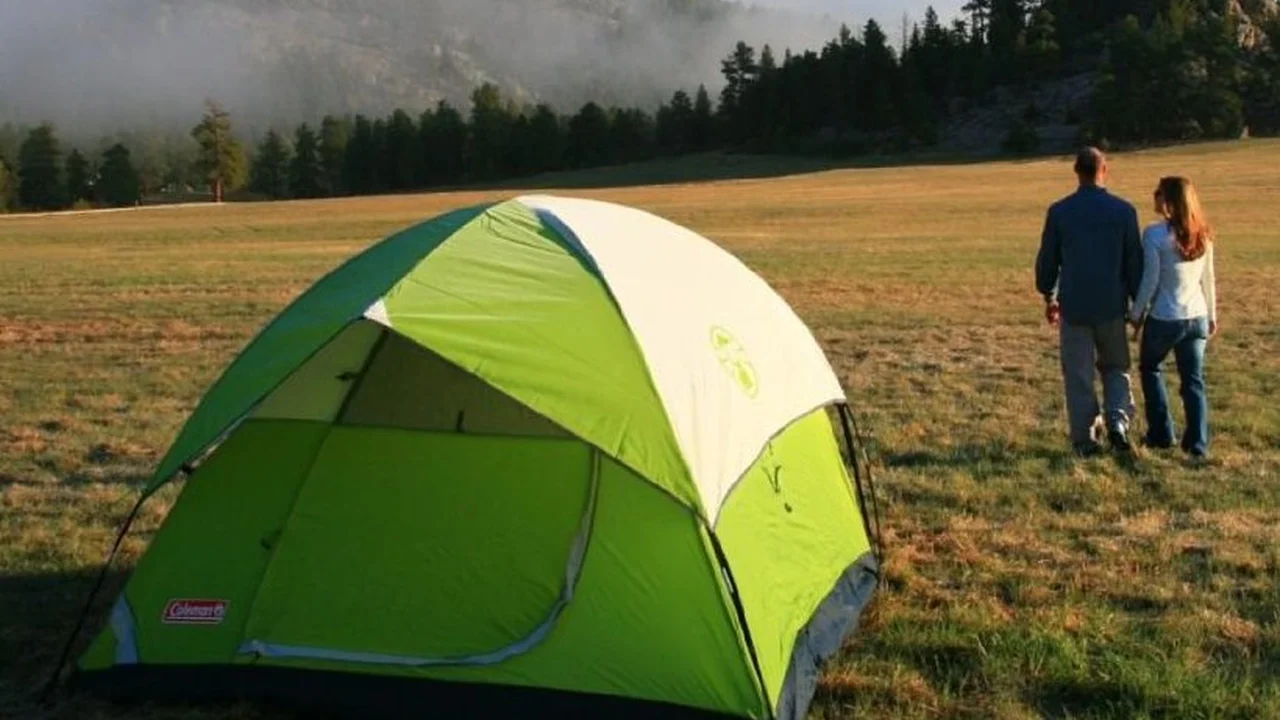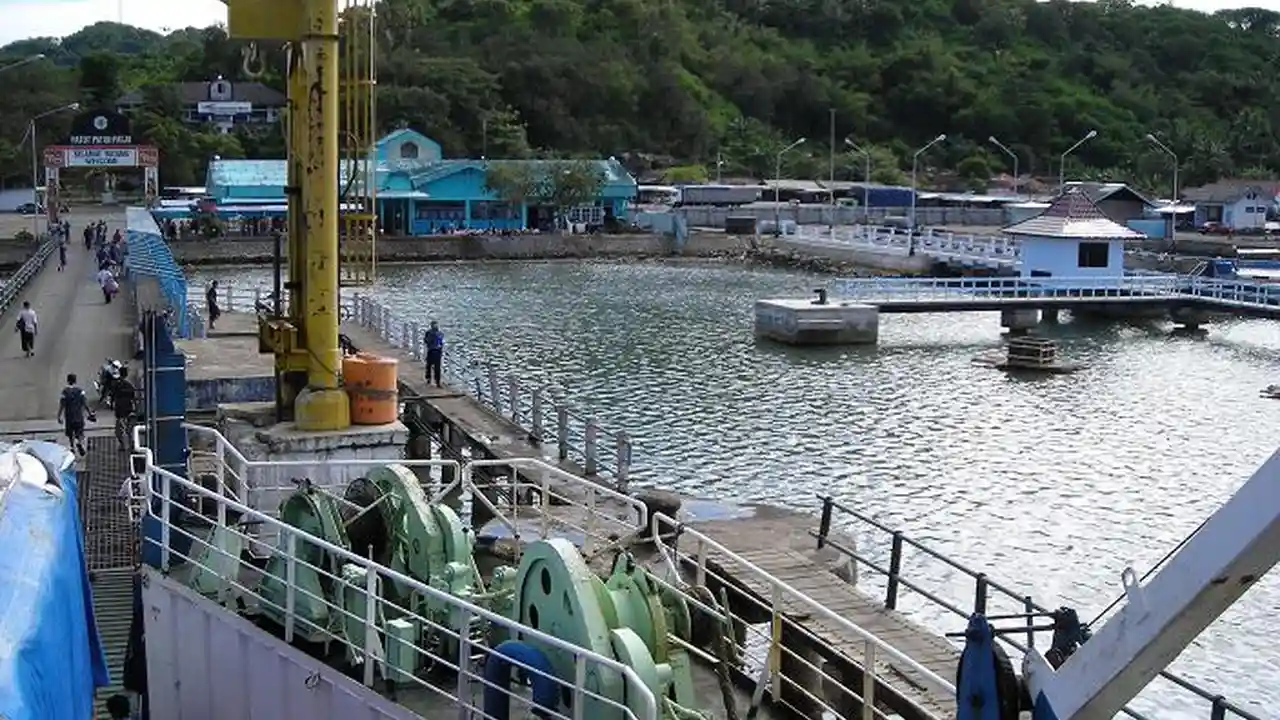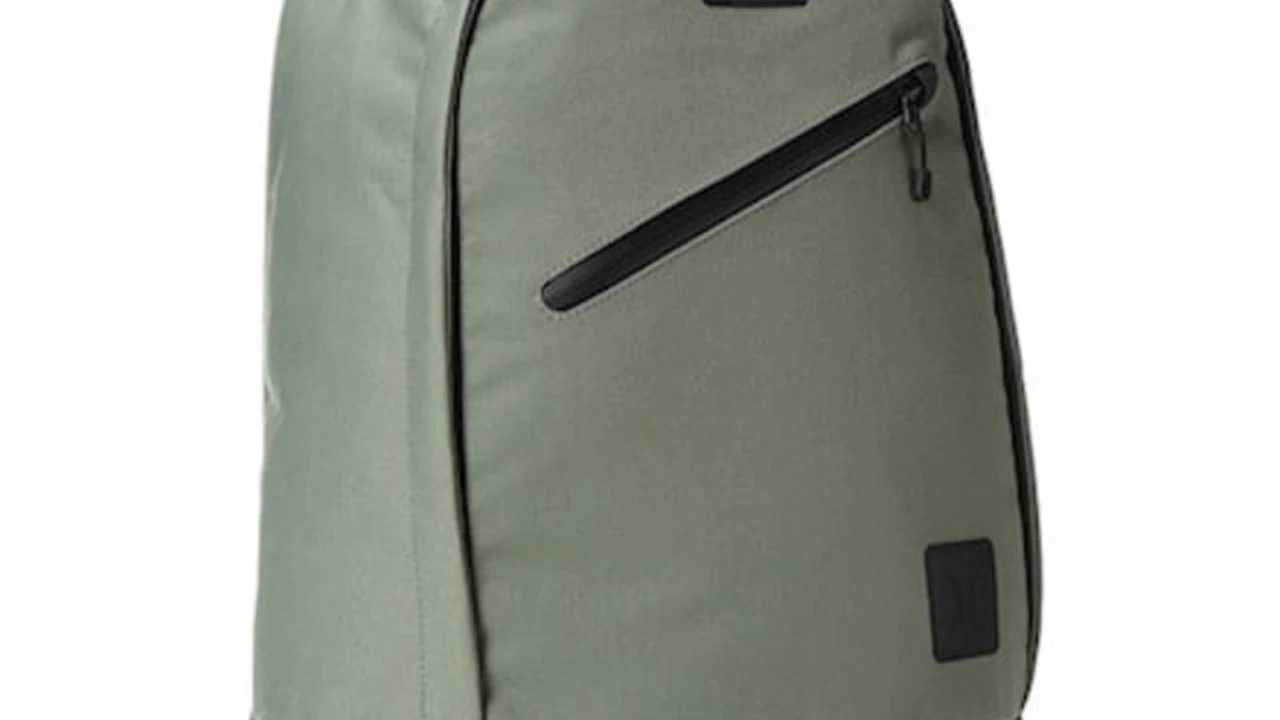Water Filters Backpacking_ Comparison Guide
Compare different types of water filters for backpacking, including pumps, gravity filters, and purification tablets. Find the safest and most convenient way to purify water on your trip. Stay hydrated and healthy in the wilderness.

Backpacking Water Filters Why They Matter
Okay, so you're planning a backpacking trip. Awesome! But before you even think about hitting the trail, let's talk about something super important: water. You can't just drink from any stream or lake you find out there. Trust me, you don't want to deal with giardia or other nasty bugs that can ruin your trip (and your insides). That's where water filters come in. They're your best friend when it comes to staying hydrated and healthy in the wilderness. We're talking about your digestive system here - don't risk it!
Types of Backpacking Water Filters A Breakdown
There are several types of water filters available for backpacking, each with its own pros and cons. Let's break them down:
Pump Filters: The Reliable Workhorse
Pump filters are exactly what they sound like: you pump water through a filter to purify it. They're generally reliable and can handle larger volumes of water. Think of them as the workhorses of the water filter world.
Pros of Pump Filters
- Can filter water directly from shallow sources.
- Effective at removing bacteria, protozoa, and some viruses (depending on the filter).
- Good for filtering water for multiple people.
Cons of Pump Filters
- Can be bulky and heavy.
- Require physical effort to pump.
- Can be prone to clogging in silty or muddy water.
Product Recommendations for Pump Filters
- Katadyn Hiker Pro: A popular and reliable pump filter. It's known for its durability and efficiency. Expect to pay around $90-$110. Great for groups of 2-3.
- MSR MiniWorks EX: Another solid choice. It's a bit smaller and lighter than the Katadyn, but still offers excellent filtration. Around $80-$100.
Use case: small groups, 1-2 people, very reliable in most conditions.
- Sawyer Products SP150 Mini Water Filtration System: (Though technically an inline filter, it can be used as a pump with a little ingenuity). Inexpensive and very lightweight. Around $20-25. Good for solo hikers on a budget.
Gravity Filters: Hands-Free Hydration
Gravity filters use gravity to pull water through a filter. You simply fill a dirty water reservoir, hang it up, and let gravity do its thing. It's like magic, but with science!
Pros of Gravity Filters
- Hands-free operation.
- Can filter large volumes of water at once.
- Ideal for base camps or groups.
Cons of Gravity Filters
- Require a place to hang the reservoir.
- Can be slower than pump filters.
- Can be bulky to pack.
Product Recommendations for Gravity Filters
- Platypus GravityWorks 4.0L: A popular and reliable gravity filter. It's easy to use and filters water quickly. Around $120-$150. Great for groups.
- Sawyer Products SP160 One-Gallon Gravity Water Filtration System: A more affordable option. It's lightweight and easy to set up. Around $70-$90. Good for smaller groups.
- CNOC Outdoors Vecto 3L Water Container: Can be used in conjunction with inline filters like the Sawyer Squeeze to create a gravity system. Around $25. Good for solo hikers looking for a lightweight system.
Water Purification Tablets: The Emergency Backup
Water purification tablets use chemicals (usually chlorine or iodine) to kill bacteria and viruses in water. They're lightweight and easy to carry, making them a great emergency backup. Think of them as your insurance policy against getting sick.
Pros of Water Purification Tablets
- Lightweight and compact.
- Easy to use.
- Good for emergency situations.
Cons of Water Purification Tablets
- Can leave a chemical taste in the water.
- Not effective against all protozoa (like Giardia and Cryptosporidium).
- Require time to work (usually 30 minutes).
Product Recommendations for Purification Tablets
- Potable Aqua Water Purification Tablets: A classic and reliable option. Easy to use and effective against most bacteria and viruses. Around $10 for a bottle of 50.
- Aquamira Water Treatment Drops: A chlorine dioxide-based treatment that doesn't leave as strong of a taste as iodine. Around $15.
Water Bottles with Integrated Filters: Convenience on the Go
These bottles have a filter built right in, so you can fill up from a stream and drink immediately. Super convenient for solo hikers or day trips.
Pros of Water Bottles with Integrated Filters
- Very convenient and easy to use.
- Good for day hikes or shorter trips.
Cons of Water Bottles with Integrated Filters
- Limited capacity.
- Can be more expensive than other options.
- Filter lifespan is limited.
Product Recommendations for Water Bottles with Filters
- LifeStraw Go Water Filter Bottle: A popular and well-regarded option. Filters out bacteria and protozoa. Around $30-$40.
- Grayl Geopress Water Filter: Filters viruses in addition to bacteria and protozoa. More expensive but offers a higher level of protection. Around $90.
Inline Filters: Versatile and Lightweight
Inline filters attach to your hydration reservoir or water bottle, allowing you to filter water as you drink. They're lightweight and versatile.
Pros of Inline Filters
- Lightweight and compact.
- Easy to use with hydration reservoirs.
- Versatile and can be used in multiple ways.
Cons of Inline Filters
- Require a hydration reservoir or compatible water bottle.
- Can be slower than pump filters.
Product Recommendations for Inline Filters
- Sawyer Squeeze Water Filter: Extremely popular and lightweight. Can be used as an inline filter, a gravity filter, or a straw. Around $30.
- HydroBlu Versa Flow Water Filter: Another lightweight and versatile option. Compatible with most hydration reservoirs. Around $25.
Choosing the Right Backpacking Water Filter Factors to Consider
So, how do you choose the right water filter for your needs? Here are a few factors to consider:
Group Size and Water Needs: How Much Do You Need?
If you're backpacking with a group, you'll need a filter that can handle a larger volume of water. Gravity filters are a good option for groups. For solo trips, a bottle with integrated filter, inline filter, or pump might be preferable.
Water Source Availability and Quality: What Are You Filtering?
If you're hiking in an area with clear, flowing streams, a simple filter might be sufficient. If you're relying on murky or stagnant water sources, you'll need a more robust filter that can remove sediment and other contaminants. If water is scarce, purification tablets can be a good backup.
Weight and Packability: How Much Space Do You Have?
Every ounce counts when you're backpacking. Choose a filter that's lightweight and compact enough to fit in your pack. Inline filters and purification tablets are great for minimizing weight.
Budget: How Much Are You Willing to Spend?
Water filters range in price from around $10 for purification tablets to over $150 for high-end gravity filters. Set a budget and choose a filter that fits your needs and your wallet. Don't skimp on safety, but you don't necessarily need the most expensive option.
Using Your Backpacking Water Filter Tips and Tricks
Once you've chosen your water filter, it's important to use it properly. Here are a few tips:
Pre-Filtering Water: Removing Sediment
If you're filtering water from a muddy or silty source, pre-filter it through a bandana or coffee filter to remove sediment. This will help prevent your filter from clogging.
Backflushing Your Filter: Keeping It Clean
Regularly backflush your filter to remove accumulated debris. This will help maintain its flow rate and effectiveness. Follow the manufacturer's instructions for backflushing.
Storing Your Filter Properly: Preventing Damage
Store your filter in a clean, dry place when you're not using it. Avoid exposing it to extreme temperatures or direct sunlight. Also, make sure the filter doesn't freeze, as this can damage the filter media.
Replacing Your Filter Cartridge: Knowing When It's Time
Most water filters have a limited lifespan. Replace the filter cartridge according to the manufacturer's recommendations. A decrease in flow rate or a change in water taste can indicate that it's time for a replacement.
Staying Hydrated on the Trail: Beyond the Filter
Filtering water is only part of the equation. You also need to make sure you're drinking enough water to stay hydrated. Here are a few tips:
Drinking Enough Water: Listen to Your Body
Drink water regularly throughout the day, even if you don't feel thirsty. Aim for at least 2-3 liters of water per day, especially in hot weather.
Electrolyte Replacement: Replenishing Lost Salts
When you sweat, you lose electrolytes. Replenish them with electrolyte tablets or powders. This will help prevent muscle cramps and fatigue. Consider products like Nuun tablets or LMNT packets.
Recognizing Dehydration: Knowing the Signs
Be aware of the signs of dehydration, such as headache, dizziness, fatigue, and dark urine. If you experience these symptoms, drink water and rest.
:max_bytes(150000):strip_icc()/277019-baked-pork-chops-with-cream-of-mushroom-soup-DDMFS-beauty-4x3-BG-7505-5762b731cf30447d9cbbbbbf387beafa.jpg)






